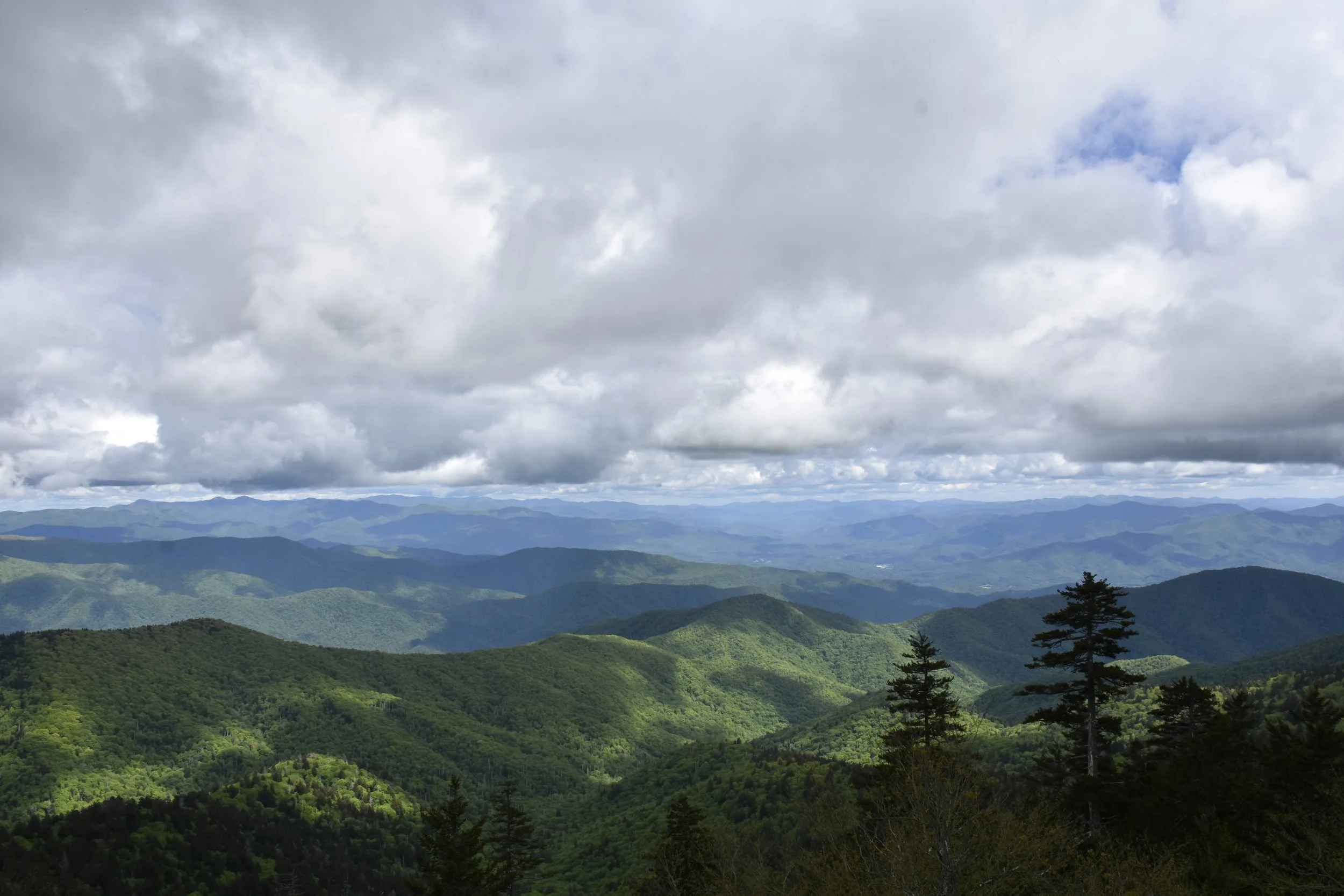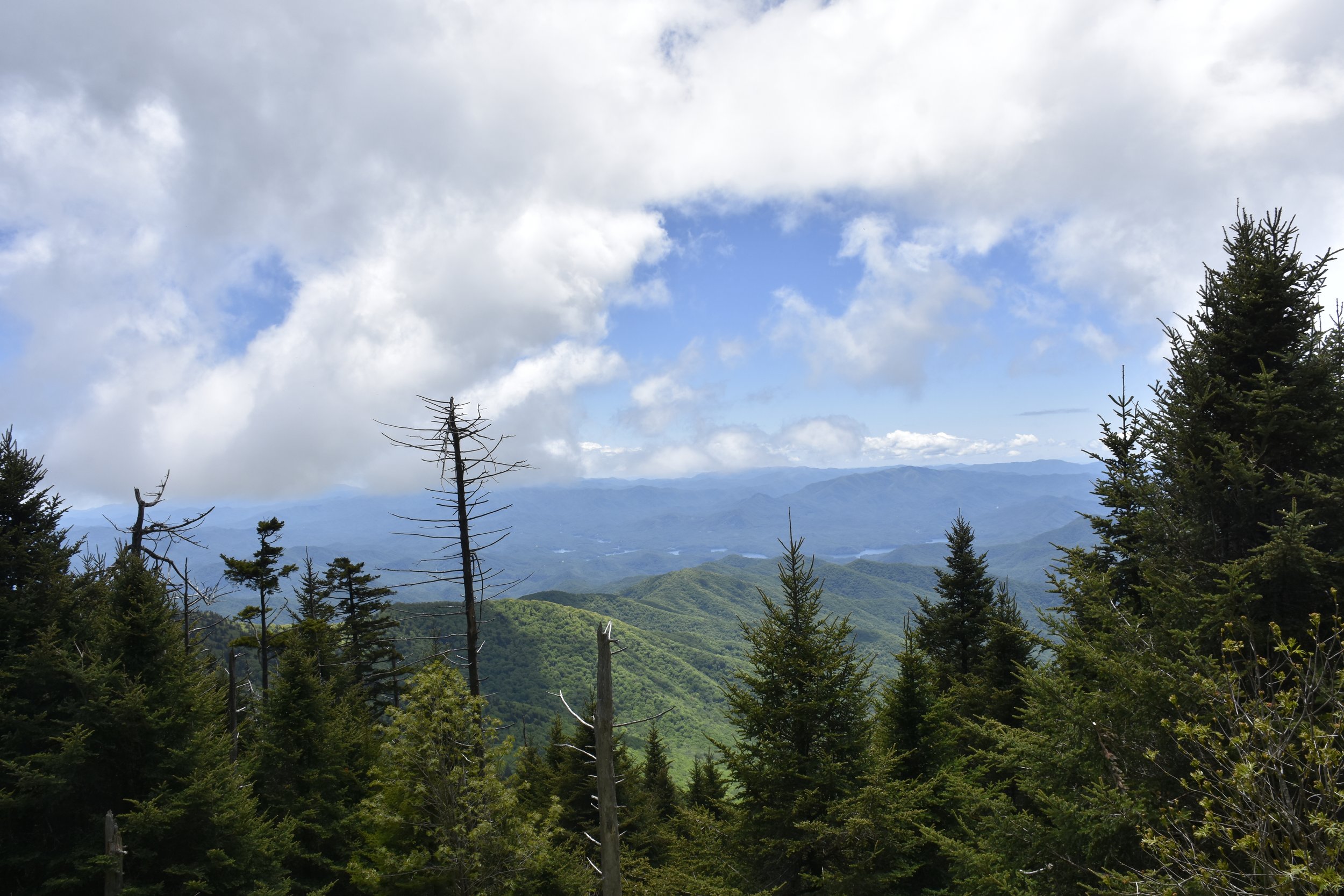Great Smoky Mountains: Tennessee & North Carolina, USA






















The Heart of the Smokies: Great Smoky Mountains National Park
Stretching majestically along the Tennessee–North Carolina border, the Great Smoky Mountains (Cherokee: ᎡᏆ ᏚᏧᏍᏚ ᏙᏓᎸ, Equa Dutsusdu Dodalv) are a stunning subrange of the Appalachian Mountains.
Location: Tennessee and North Carolina, USA
Type: National Park, UNESCO World Heritage Site, International Biosphere Reserve
Brief Description: Established in 1934, Great Smoky Mountains National Park is the most visited national park in the U.S., attracting over 11 million visitors annually. Spanning more than 522,000 acres, the park preserves stunning landscapes, rare ecosystems, and Appalachian history.
Why It’s Special:
Natural Wonders:
Biodiversity: Home to the densest black bear population in the Eastern U.S. and the world's most diverse salamander population, earning it the nickname "Salamander Capital of the World."
Ecosystems:
Cove Hardwood Forests: Among the most biologically diverse forests in North America, found at lower elevations.
Southern Appalachian Spruce-Fir Forests: A rare alpine environment at higher elevations, the largest of its kind in the region.
Old-Growth Forests: Protects 187,000 acres of ancient forest, the largest expanse in the Eastern U.S.
Cultural Heritage:
Preserves 78 historic structures, including cabins, barns, churches, and schools that offer a glimpse into the lives of Appalachian settlers.
Features five historic districts and nine individual listings on the National Register of Historic Places.
The Mystical “Smoky” Effect:
Named for the natural fog resembling smoke that rises from valleys and peaks. This ethereal blue haze is created by the park’s dense vegetation releasing volatile organic compounds.
Adventures for Everyone:
Hiking Trails: Explore iconic spots like Clingmans Dome and Alum Cave Bluffs.
Waterfalls: Visit breathtaking sites such as Laurel Falls.
Scenic Drives: Enjoy the beauty of Newfound Gap Road.
Wildlife Watching: Spot black bears, elk, and a variety of bird species.
Recognized as an International Biosphere Reserve and a UNESCO World Heritage Site, the park underscores the importance of preserving its natural and cultural treasures.

